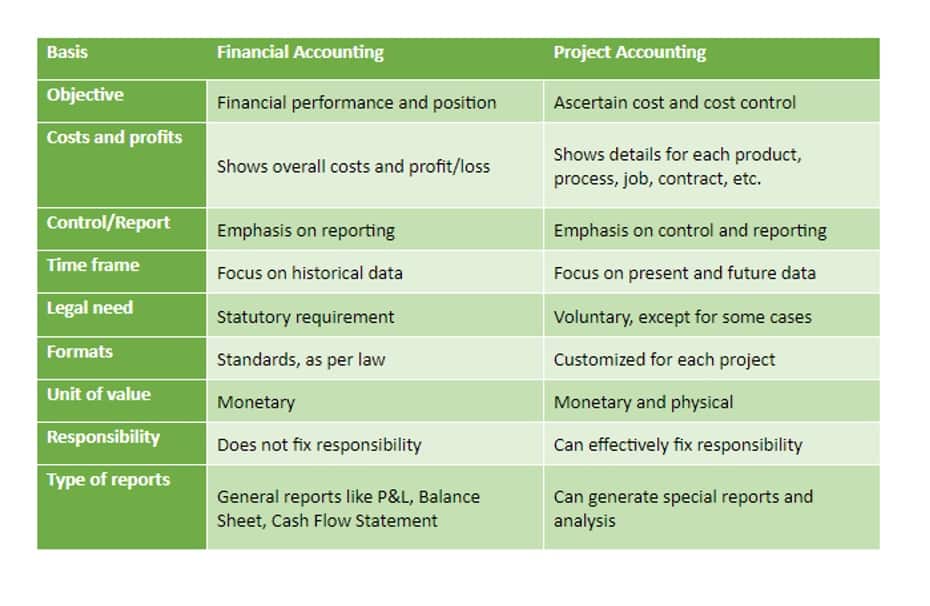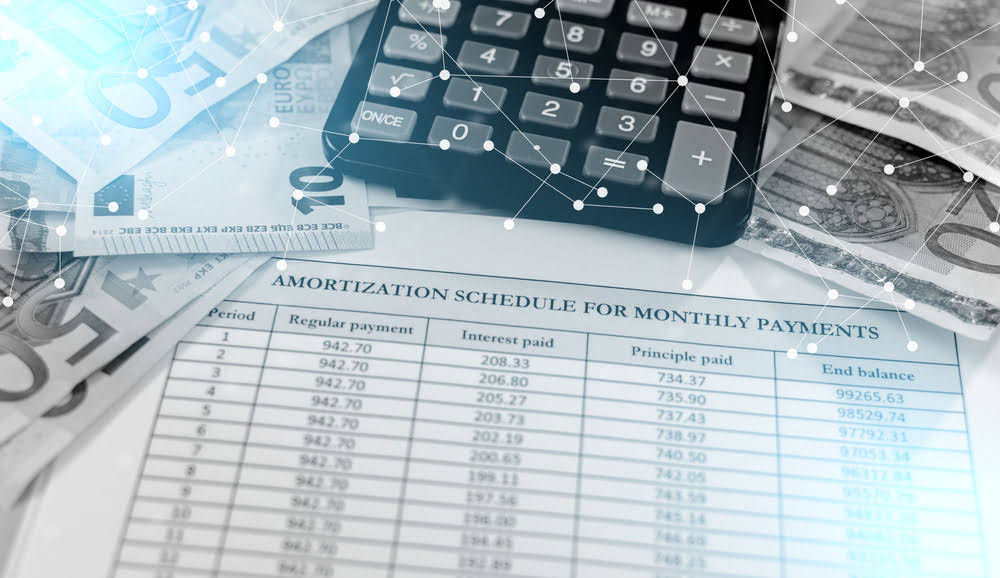Marginal Cost Formula: How to Calculate, Examples and More

Marginal revenue is the additional revenue a firm receives from selling one more product unit. Finally, understanding a firm’s marginal cost can provide deep insights into its operational efficiency, profitability and growth prospects in investment banking and business valuation. As a company starts to increase production, it initially benefits from improved efficiencies and better utilization of fixed resources, resulting in a fall in marginal cost.
- This causes an increase in marginal cost, making the right-hand side of the curve slope upwards.
- The company might need to move into a larger facility, relocate to a higher cost of living area to find talent, or hire more supervisors, which drives up costs.
- Fortunately, Synario solves this challenging problem for CFOs and their finance teams.
- While marginal cost is typically applied in manufacturing, it can be useful in other types of industries as well.
- If the cost of producing an additional unit is lower than the current selling price, it might be beneficial to increase production.
Maximizing profitability
Both marginal cost and marginal revenue are important factors determining the cost and selling price of the commodities to maximize profits. Marginal costs don’t typically include fixed costs, which are the same no matter how many units are produced. Examples of fixed costs include rent, management salaries, commercial insurance, and property retained earnings balance sheet taxes. Fixed costs, however, can be included in marginal costs if they’re required for additional production.
- This is due to the spreading of fixed costs over a larger number of units and operational efficiencies.
- Calculating marginal cost is a fundamental skill in business and economics.
- There’s a mathematical formula that expresses the change in the total cost of a good or product that comes from one additional unit of that product.
- However, understanding how to calculate marginal cost is essential to good forecasting and business management.
- Costs of production (which include fixed costs as well as variable costs) increase with more production because producing more units means buying more raw materials and/or hiring more workers.
Determining the Change in Quantity
Calculating marginal cost equips you with a powerful tool for managing production, pricing, and resource allocation. These include how much to produce, how to price your products, and how to allocate how to calculate marginal cost resources efficiently. A farm producing corn may encounter varying marginal costs depending on resource availability. By understanding the relationship between marginal cost and output, you can optimize your operations and enhance overall efficiency.

Marketing Cookies

Below, we’ll examine critical concepts Bookstime involving the use of marginal cost. In addition, we’ll show you a formula that demonstrates how to find the marginal cost of goods. The concept of marginal cost can be difficult for business owners to understand. However, understanding how to calculate marginal cost is essential to good forecasting and business management.
What Is the Marginal Cost Formula? (Calculation + Examples)

Average cost gives you an overall sense of how much it costs to produce each unit on average. In a software-as-a-service (SaaS) business, marginal cost might include server space and customer support hours. A company that produces electronics might have a base cost for manufacturing equipment and labor. These real-world examples illustrate the importance of marginal cost in various business situations. However, manufacturing the 101st riding lawn mower means the company has exceeded the relevant range of its existing storage capabilities.
How to Calculate Marginal Cost: Step-by-Step Guide
The formula relies on the accurate allocation of fixed and variable costs to each product line, but overhead allocation is often at the discretion of management. Marginal Cost refers to the extra expense incurred for producing an additional unit of a product or service. It assists companies in identifying the most economical production level. In this blog, we’ll explore what exactly Marginal Cost is, its formula, impact on output, some advantages, disadvantages, and examples of Marginal Cost.
What Is the Marginal Cost Curve?
Marginal cost helps in identifying areas where production can be streamlined. When used alongside other financial metrics, marginal cost can significantly impact your ability to operate more effectively. This results in higher profits as new customers are added without substantial increases in cost. While marginal cost is typically applied in manufacturing, it can be useful in other types of industries as well. In this case, you may need to consider reducing production to minimize costs and avoid the losses.

What is the marginal cost formula?
The marginal cost formula tells you how much it costs to make one additional unit of your product. The marginal cost formula is essential because it tells you if increasing production volume is a good idea. But product-based businesses can’t simply produce as many additional units as they wish and hope they’ll sell. At this point, they’re producing twice as many wallets for just $375,000 that year. If the marginal cost for additional units is high, it could signal potential cash outflow increases that could adversely affect the cash balance.

Commenti recenti